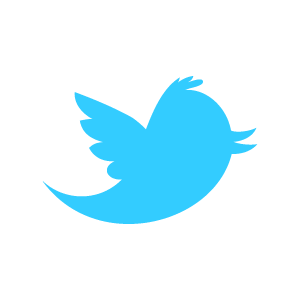 When a dubious penalty was awarded in the dying minutes of the Ivory Coast vs Greece game, I immediately reached for my phone by reflex to launch a vehement protest on Twitter.
When a dubious penalty was awarded in the dying minutes of the Ivory Coast vs Greece game, I immediately reached for my phone by reflex to launch a vehement protest on Twitter.
The fact that the game had a specific hashtag made it easier for me to do that. Judging by the analysts’ feedback after the match, it is clear that I was not the only one who had leveraged Twitter to interact with a TV programme.
Welcome to Social TV, the bridging of TV and social media! According to the Wikipedia, “Social television is the union of television and social media. Millions of people now share their TV experience with other viewers on social media such as Yookos, Twitter and Facebook using smartphones and tablets. The result is a massive and rapidly expanding real-time focus group and promotional force.”
The mobile phone has become the ubiquitous second screen when people watch TV. People make comments about TV content they are watching and share it with their friends. This trend presents brands with the opportunity to enjoy the benefits of both worlds, social marketing and TV advertisements. Results from key Social TV studies show that:
Hashtags in TV commercials drive positive brand conversations. “One study found that TV ads with hashtags had 42% more Tweets about the ads than those without hashtags.” (www.marketingland.com)
- Another study revealed that only 8% of Twitter users tune away from TV ads compared to 17% of TV watchers who are not on Twitter.
- Hashtags on TV commercials lead to increased ad recall. Twitter users had a 53% recall of TV ads com compared to 40% of non-Twitter users.
Other social media platforms, like Yookos for instance, also enables TV viewers to discuss TV content on their activity streams. The biggest advantage of social TV is that it allows an advert to have a lifespan that is bigger and a reach that is wider than the advert slot on television. The ad budgets also get drastically reduced in the process.
A classic example is P&G’s “Thank You, Mom” that was launched ahead of the 2014 Winter Olympics in Sochi. This campaign was so successful that it has continued way beyond the Olympics and several other social media groups have been formed around #BecauseOfMom.
Key takeaway: Your TV commercials must include an emotive hashtag that will foster social media engagement. This way you will enjoy the benefits of both traditional and digital media!!
This article was written by Joseph Neusu, a digital marketing specialist for Yookos which is an emerging social networking site headquartered in Johannesburg, South Africa. He is an avid researcher of digital media trends and best practices with special focus on the African markets. Joseph is a social media marketing trainer, consultant and writer and helps brands to build awareness, enhance their market penetration, promote the brand-client relationship and customer service. He can be reached on josephn@yookos.com
2 comments
Late last year, I brought a Blu Ray DVD in Louis Trichardt, South Africa with functions such as Twitter Facebook and YouTube. It could connect either wireless or Ethernet but I find it pointless to use the features because Internet is prohibitive in Zimbabwe, maybe in South Africa it comes at a tad amount!!!
i am not sure if your comment is related directly to the article. Social TV is about engaging viewers in such a way that they make comments on a programme they are watching. For instance Supersport TV matches carry the hashtag #ssfootball. Soccer fans can then make comments on Twitter using their mobile phones. Their feedback comes through to supersport and a selected few are displayed on TV. However, viewers can interact among themselves using that hashtag. This conversation can go beyond the game itself, allowing for a richer engagement value